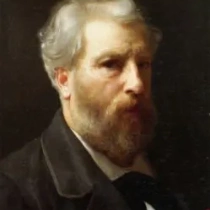 1825 - 1905
academic classicism
1825 - 1905
academic classicism
Description William-Adolphe Bouguereau
William-Adolphe Bouguereau, born in 1825 in La Rochelle, France, emerged as a preeminent figure in 19th-century academic art, navigating the shifting currents between tradition and modernity. His artistic journey, spanning the tumultuous years of the French Second Empire and the Belle Époque, unfolded as a testament to technical virtuosity and a commitment to classical aesthetics.
Bouguereau's early artistic pursuits were nurtured at the École des Beaux-Arts in Bordeaux before he journeyed to Paris to join the prestigious institution. His talent quickly garnered attention, earning him the coveted Prix de Rome in 1850. The subsequent years spent at the Villa Medici in Rome profoundly influenced his style, instilling a reverence for classical art and a penchant for mythological and historical subjects.
Returning to Paris, Bouguereau found himself at the nexus of artistic debates. Amidst the emergence of Realism and Impressionism challenging academic traditions, he staunchly adhered to classical techniques and themes. His mythological and allegorical compositions, exemplified by works like "The Birth of Venus" and "Nymphs and Satyr," showcased a mastery of anatomy, texture, and luminosity.
Bouguereau's success wasn't confined to the canvas; his role as a teacher at the Académie Julian solidified his influence on the next generation of artists. His commitment to preserving academic traditions resonated with aspiring painters, even as the art world underwent transformative changes.
In the face of evolving tastes, Bouguereau's popularity soared internationally, particularly in America. His paintings, characterized by their idealized depictions of the human form, appealed to a broad audience. However, as the 20th century unfolded, Bouguereau's reputation faced a decline with the rise of modernist movements.
Despite periods of critical neglect, Bouguereau's legacy experienced a resurgence in the late 20th century as a renewed interest in academic art emerged. Collectors and art enthusiasts rediscovered the technical brilliance and emotional resonance embedded in his canvases.
William-Adolphe Bouguereau passed away in 1905, leaving behind a body of work that encapsulated the ideals and controversies of his time. His commitment to classical beauty and skillful execution, although momentarily overshadowed, has regained appreciation in contemporary art discourse. Bouguereau's canvases, with their ethereal subjects and luminous atmospheres, stand as enduring testaments to an era that grappled with the complexities of tradition and innovation.
Gallery
Paintings William-Adolphe Bouguereau
Quotes
Each day I go to my studio full of joy; in the evening when obliged to stop because of darkness I can scarcely wait for the next morning to come... if I cannot give myself to my dear painting I am miserable.
Finish one work, begin another, and learn to be patient in the interval.
Art is eternity.
I would rather be the first painter of common things than second in the higher art.
The greatest artists are those who impose their personal vision upon humanity.
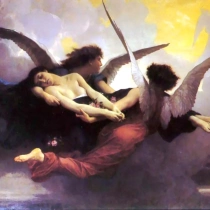

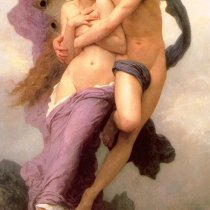
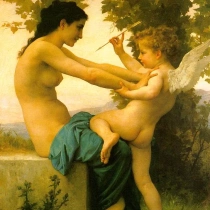
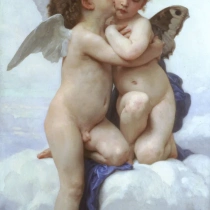
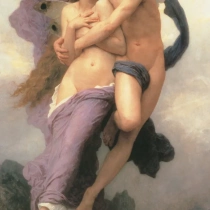
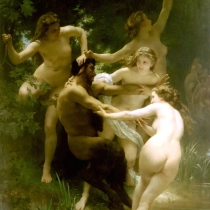

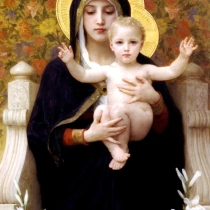
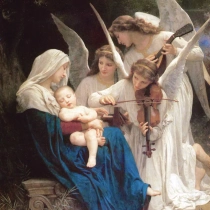
![Vendangeuse [The Grape Picker]](/assets/cache_image/files/artists/picture_photo_00466_210x210_08a.webp)

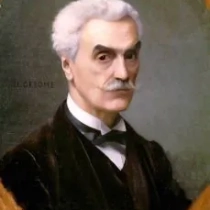
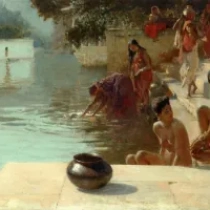
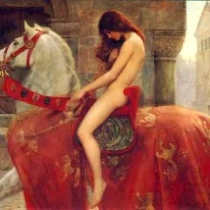
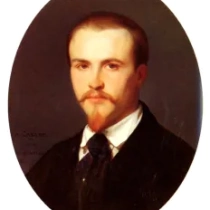
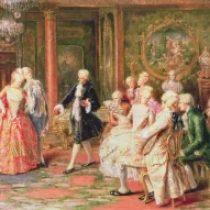
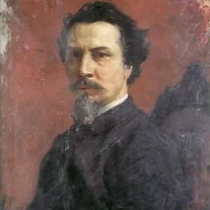
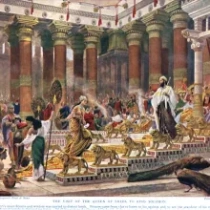
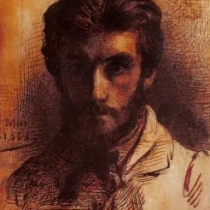
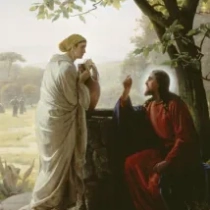

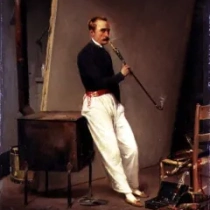
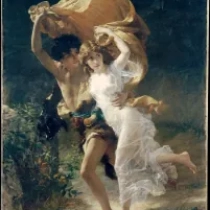
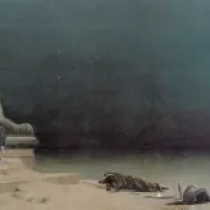

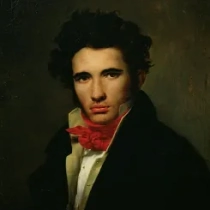

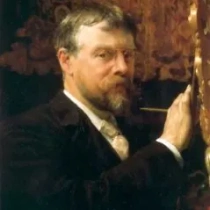
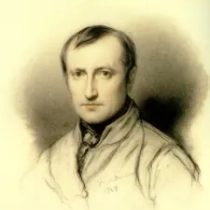
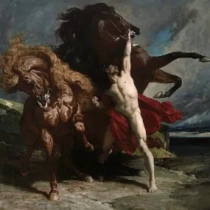
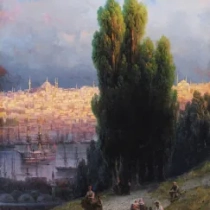

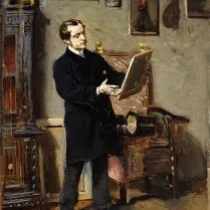
No Comments Yet...